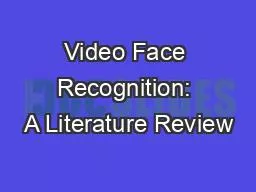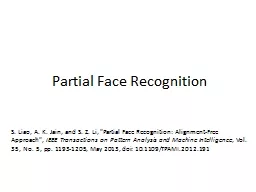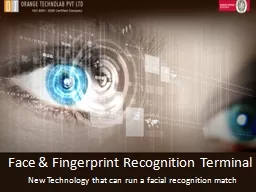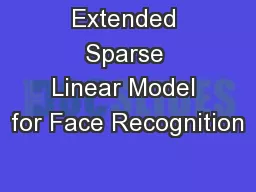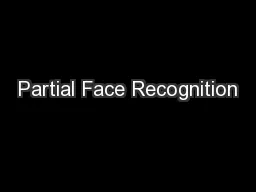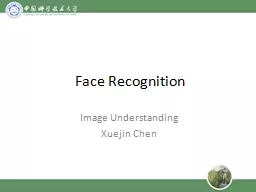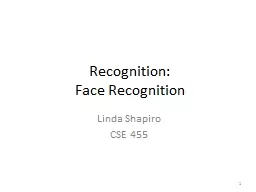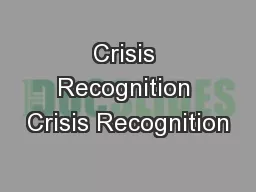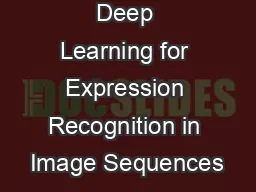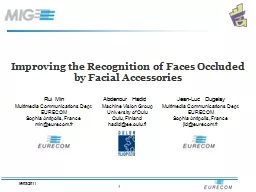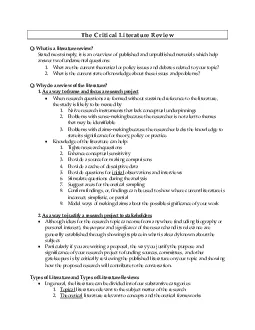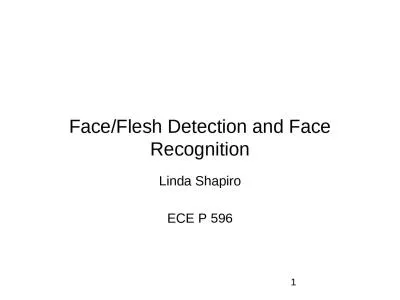PPT-Video Face Recognition: A Literature Review
Author : spiderslipk | Published Date : 2020-08-05
Hao Zhang Computer Science Department 1 Problem Statement Verification Identification A B Same Different persons A B C D Which has the same identity as A 2 Solutions
Presentation Embed Code
Download Presentation
Download Presentation The PPT/PDF document "Video Face Recognition: A Literature Rev..." is the property of its rightful owner. Permission is granted to download and print the materials on this website for personal, non-commercial use only, and to display it on your personal computer provided you do not modify the materials and that you retain all copyright notices contained in the materials. By downloading content from our website, you accept the terms of this agreement.
Video Face Recognition: A Literature Review: Transcript
Download Rules Of Document
"Video Face Recognition: A Literature Review"The content belongs to its owner. You may download and print it for personal use, without modification, and keep all copyright notices. By downloading, you agree to these terms.
Related Documents

